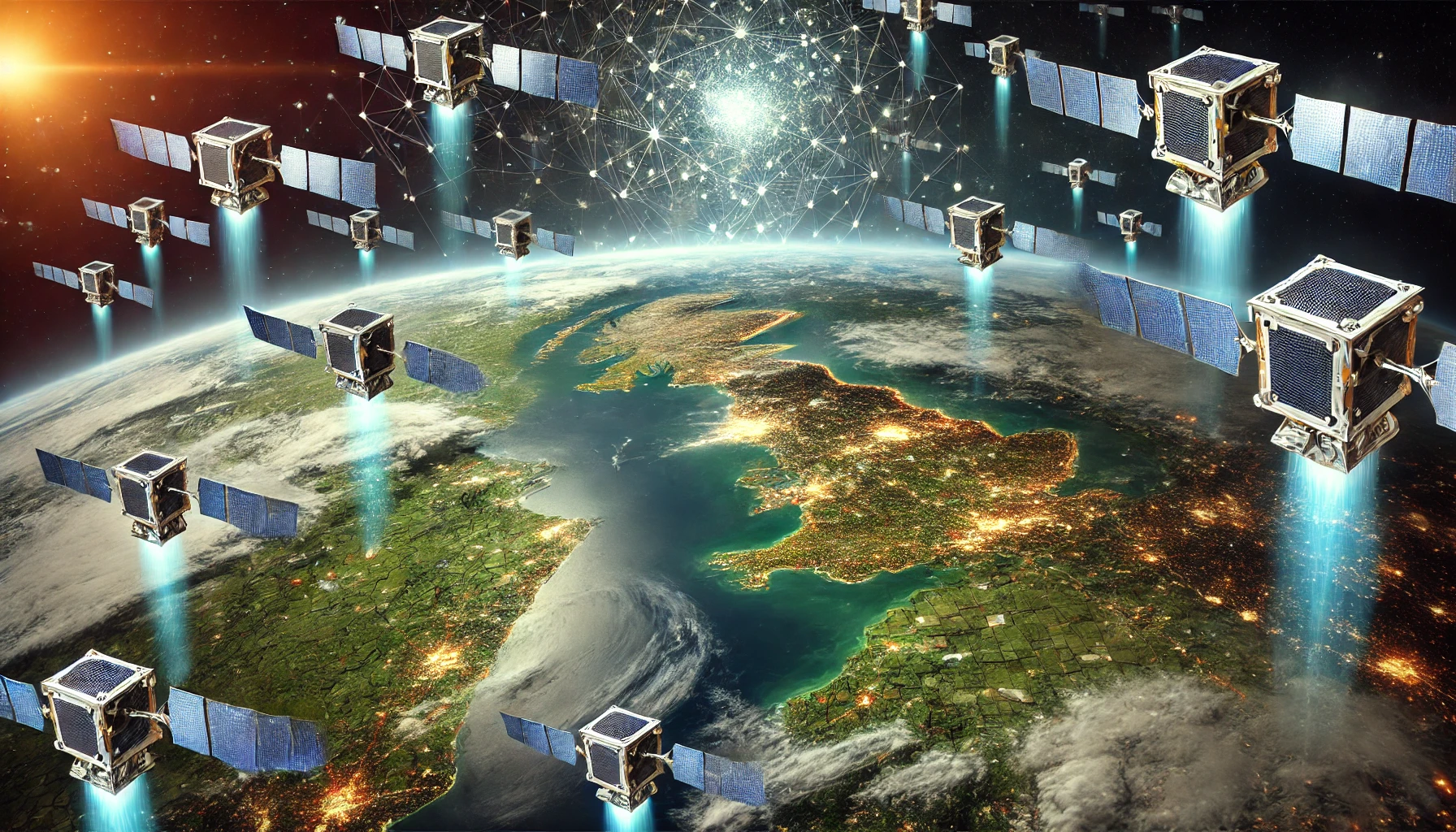The Rise of Micro-Satellite Constellations: How Tiny Satellites Are Shaping Our World From Space

Introduction: Small Satellites, Big Impact
Micro-satellites, also known as CubeSats, are redefining space technology and revolutionizing Earth observation. These tiny satellites, often no larger than a shoebox, are not only inexpensive compared to their larger counterparts, but they are also easier to deploy in swarms known as constellations. Startups like Pixxel and BlackSky Global are leading the charge with their advanced satellite constellations, equipped with hyperspectral imaging technology that’s capable of capturing data far beyond what the human eye can see. So, why should you care about these tiny flying cubes? Because they’re providing real-time data that could impact everything from disaster management to internet connectivity – and they’re doing it in a way that’s cost-effective, quick, and accessible. Plus, let’s face it, there’s something cool about a bunch of little satellites working together like space ninjas to save the planet.
How Micro-Satellites Are Revolutionizing Earth Observation
Let’s dive into how these mini marvels are transforming the way we monitor the Earth. One of the game-changers is hyperspectral imaging. While traditional satellites capture images in red, green, and blue (think Instagram filters), hyperspectral imaging can see across hundreds of spectral bands. What does this mean? It means that micro-satellites can detect things like water quality, crop health, and even pollution levels with incredible precision. Companies like Pixxel are offering real-time data that can be used for disaster management, environmental monitoring, and even military operations. Whether it’s tracking deforestation in the Amazon or monitoring wildfires in California, these micro-satellite constellations are providing governments, researchers, and industries with the kind of data they could only dream about a decade ago.
Global Connectivity: A New Era of Internet Access
While micro-satellites are doing wonders for Earth observation, they’re also opening up new frontiers in global connectivity. Imagine being in the middle of the ocean or deep in the Sahara desert and still being able to livestream your breakfast on Instagram – that’s the future we’re heading toward, thanks to satellite constellations. Companies like Starlink and OneWeb are deploying hundreds, even thousands, of small satellites to create low-latency, high-speed internet connections that can reach the most remote corners of the globe. No more buffering while trying to watch cat videos in the jungle! Beyond internet access, these satellites are helping to bridge the digital divide by providing connectivity in underserved regions, from rural communities to developing nations. So, whether you’re a student in a remote village or a business owner in the city, these constellations could ensure you’re always connected.
Disaster Management and Climate Research
Micro-satellite constellations aren’t just for fun and connectivity – they’re also proving to be vital tools in disaster management and climate research. Take natural disasters like hurricanes, floods, or wildfires, for example. With real-time data streaming down from space, response teams can make faster and more informed decisions, potentially saving lives. Satellites can track storms as they form, predict their paths, and monitor damage in real-time, helping governments and agencies respond more effectively. Additionally, these constellations play a crucial role in climate research. From tracking greenhouse gas emissions to studying melting ice caps, the data collected by micro-satellites is helping scientists better understand and combat climate change.
Challenges and the Future of Micro-Satellite Constellations
Of course, as with any technological innovation, there are challenges. One of the biggest concerns is the growing issue of space debris. With thousands of new satellites being launched, the risk of collisions increases. While companies are working on solutions like de-orbiting technology and self-destructing satellites (yes, like something straight out of a spy movie), it’s still a major concern for the future of space exploration. Additionally, there’s the question of regulation. With so many players entering the satellite game, how do we ensure that space doesn’t become too crowded or unsafe? Despite these hurdles, the future of micro-satellite constellations looks bright. With continuous advancements in technology and the promise of even more data capabilities, it’s clear that these tiny satellites are here to stay.
Conclusion: Will Micro-Satellites Change How We See the World?
As we look to the future, it’s clear that micro-satellite constellations are transforming the way we observe our planet and connect with each other. Whether it’s providing real-time data for disaster management, offering global internet access, or contributing to climate research, these tiny satellites are making a massive impact. So, what’s next for these space ninjas? Will we see even smaller, more powerful satellites orbiting the Earth, or perhaps constellations that reach beyond our planet? The possibilities are endless – and exciting. What do you think will be the next big breakthrough in micro-satellite technology?



